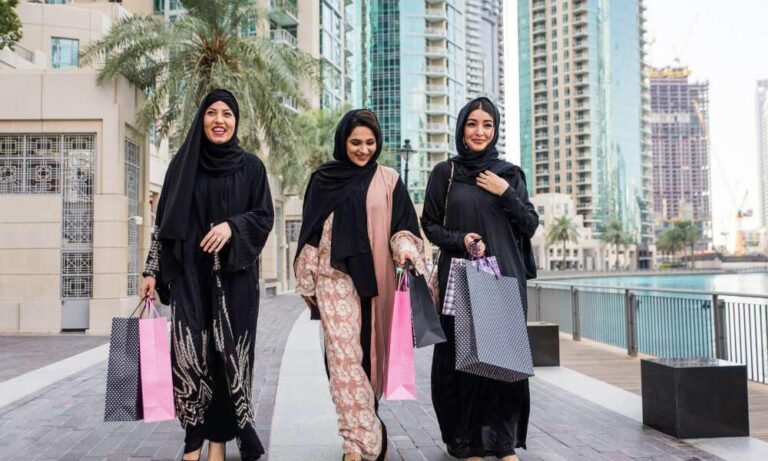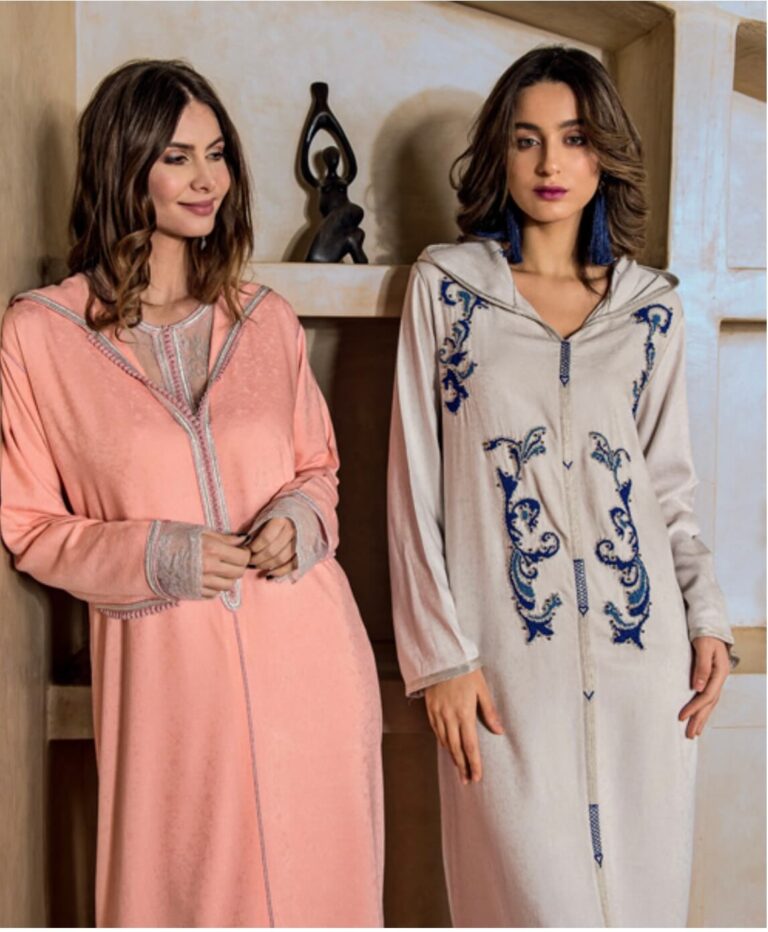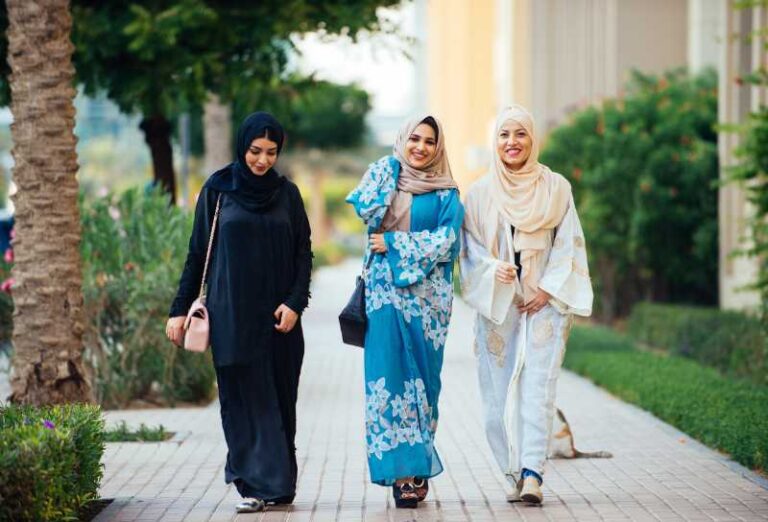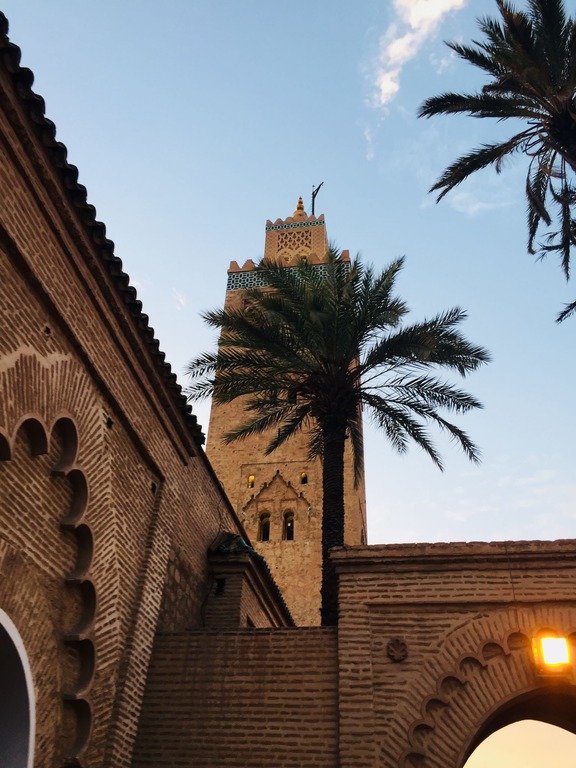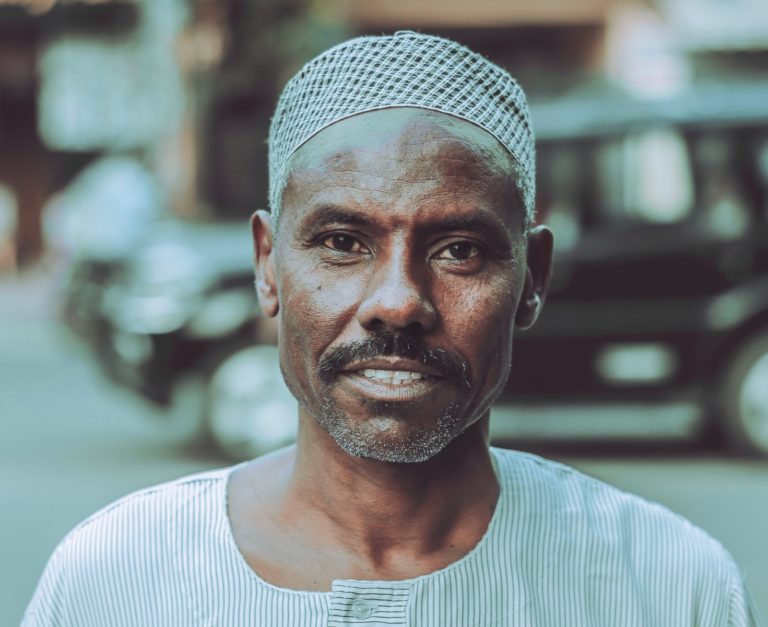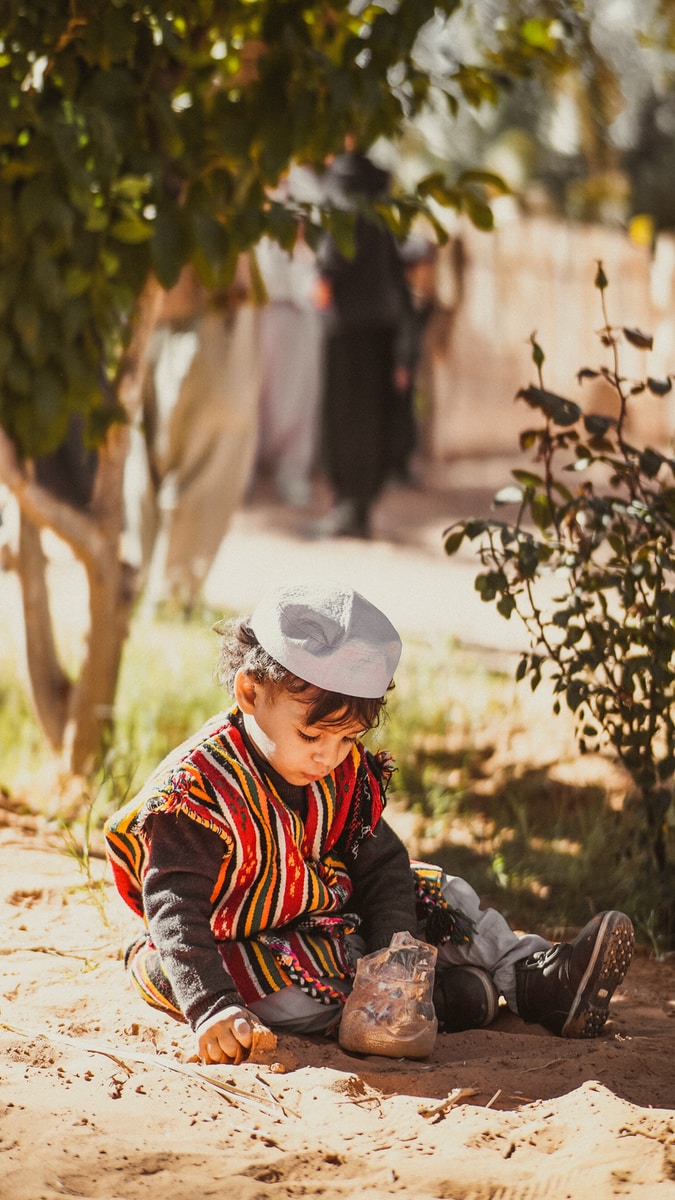Arabic Thawb: Unveiling Gulf Elegance
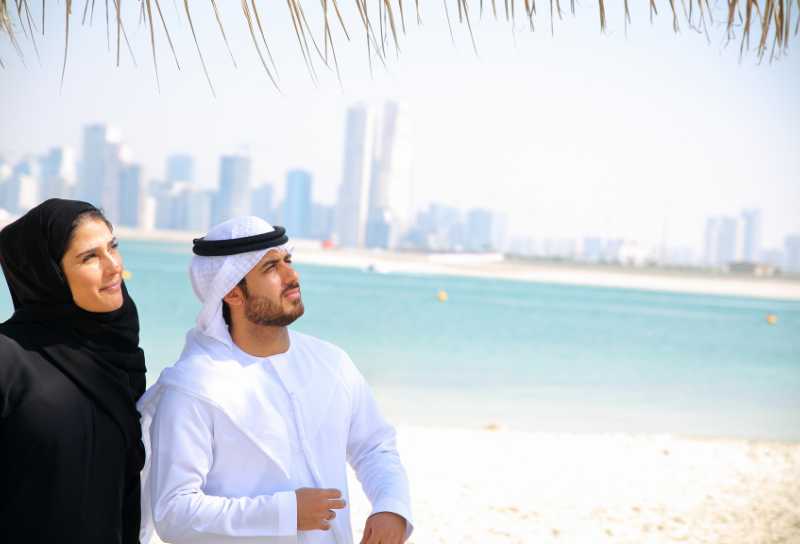
Table of Contents
Introduction:
In the realm of fashion, tradition dances gracefully with style, and nowhere is this more evident than in the Gulf countries.
The Thawb, Thobe, and Jubbah are not just garments; they are a rich tapestry woven with history, heritage, and a touch of modernity.
Let’s embark on a captivating journey through these iconic Gulf attires that stand as proud symbols of cultural identity and elegance.
Colors: A Palette of Expression:
In the arid heat of the Gulf, colors tell stories of comfort and functionality. White, the preferred hue for its cooling effect, graces the streets during the scorching summers.
When winter arrives, darker shades like black and brown emerge, crafted from sturdier materials to provide both warmth and sophistication.
Distinct Styles Across Regions:
Across the Gulf, the Thawb, Thobe, and Jubbah don diverse styles, each a testament to regional influences. The necklines, sleeves, and cuts unveil the fascinating diversity within Gulf fashion.
The Kandura’s Elegance: Known as Kandura, Dishdasha, Thobe, or Thawb, this attire stands as the epitome of Arabian elegance. In the UAE, it boasts a long tassel and intricate embroidery, harmoniously balancing refinement and ease.
Omani Kandura’s Embroidered Excellence: The Omani Kandura speaks of its rich heritage with elaborate embroideries in gold or silver thread. Accompanied by the “mussar,” a head covering, this ensemble celebrates tradition and finesse.
Saudi Dishdasha’s Understated Charm: Saudi Arabia’s Dishdasha embraces understated elegance with a round collar, loose sleeves, and modest design. The attire is paired with a head covering, symbolizing the essence of modesty.
Qatari Thawb’s Shimmering Aura: The Qatari Thawb commands attention with a stiff collar known as “mandoos” and a head covering secured by the timeless “agal,” bestowing an aura of sophistication.
Bisht: Cloaked in Prestige: The Bisht, an outer cloak, adorns special occasions as a symbol of prestige. Elaborate embroidery along edges, cuffs, and front openings signifies opulence and honor.
Gulf Thobe Styles At a Glance: Let’s explore the distinctive styles of Gulf Thobes in a concise format:
- Saudi Arabia:
- Thobe Style: Tight-fitted
- Collar: Two/three-button
- Sleeves: Short with cufflinks
- Headwear: Bint Al Bakkar
- Additional Details: Red & white checked ghutra
- UAE:
- Thobe Style: No collar
- Sleeves: Long with tassels
- Additional Details: Simple and easy; Asymmetrical lengths from front view
- Kuwait:
- Thobe Style: One-button
- Collar: Slim fit
- Sleeves: Gotra at asymmetrical lengths
- Headwear: Scale-like shape
- Additional Details: High-quality material, asymmetrical gotra
- Oman:
- Thobe Style: No collar
- Sleeves: Short and loose
- Headwear: Mussar with personalized details
- Additional Details: Embroidered Mussar; Colorful and loosely attached above the breast
- Bahrain:
- Thobe Style: Soft shirt collar
- Sleeves: Loosely fitted
- Headwear: Butterfly headwear
- Additional Details: Soft collar with shirt-like pockets
- Qatar:
- Thobe Style: Shiny material
- Collar: Stiff tassel/pocket
- Headwear: Cobra headwear
- Additional Details: Heavily starched; Shiny fabric with snake-like look
Where to Buy: Online Boutiques:
Embrace Gulf elegance by exploring online boutiques that offer curated collections of these traditional attires. Reputable online stores such as offer a gateway to Gulf fashion, allowing you to embrace the charm of these garments from the comfort of your home.
In Conclusion: Embracing Gulf Legacy:
As we conclude our voyage through the Thawb, Thobe, and Jubbah, one thing becomes evident: these attires are more than just clothing; they are vessels of culture, heritage, and sophistication.
The Gulf’s rich fashion heritage is a celebration of diversity, elegance, and identity.
So, whether you’re drawn to the subtle elegance of Saudi Dishdasha or the opulent charm of the Omani Kandura, these attires invite you to become part of a legacy that has spanned generations, captivating hearts with its timeless allure.
Frequently Asked Questions
A thawb is a traditional robe worn by men in many Middle Eastern and Arab countries. It’s a loose-fitting garment that typically extends to ankle length. Thawbs are a staple of men’s clothing in the region and are worn for various occasions, from daily wear to special events.
White is a prevalent color for thawbs because it symbolizes purity, simplicity, and modesty in many Middle Eastern and Arab cultures. Additionally, white is practical in hot desert climates as it reflects the sun’s heat, keeping the wearer cool and comfortable.
Under a thawb, men typically wear a long-sleeved shirt and trousers, often in white or neutral colors.
Yes, there are various styles and designs of thawbs based on regions and preferences, like the Emirati kandura and the Saudi Arabian thawb.
The main difference is the presence of a collar; collarless jubbas have a flowing neckline, while collar jubbas have a shirt-like collar. For example, the Emirati kandura is collarless, while the Saudi Arabian thawb has a collar.

